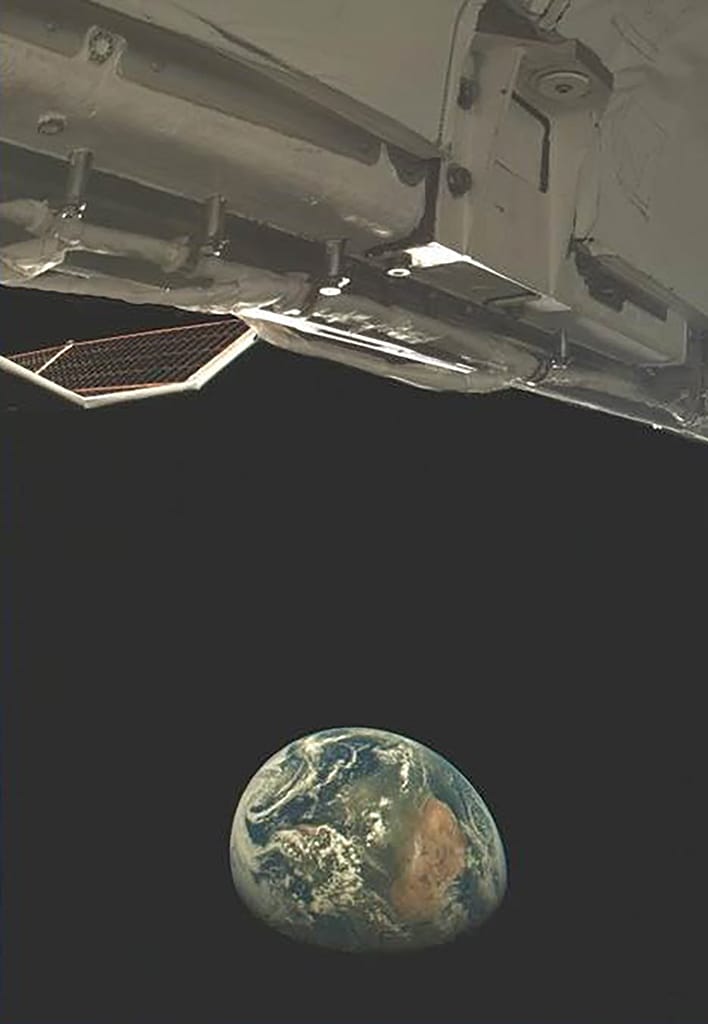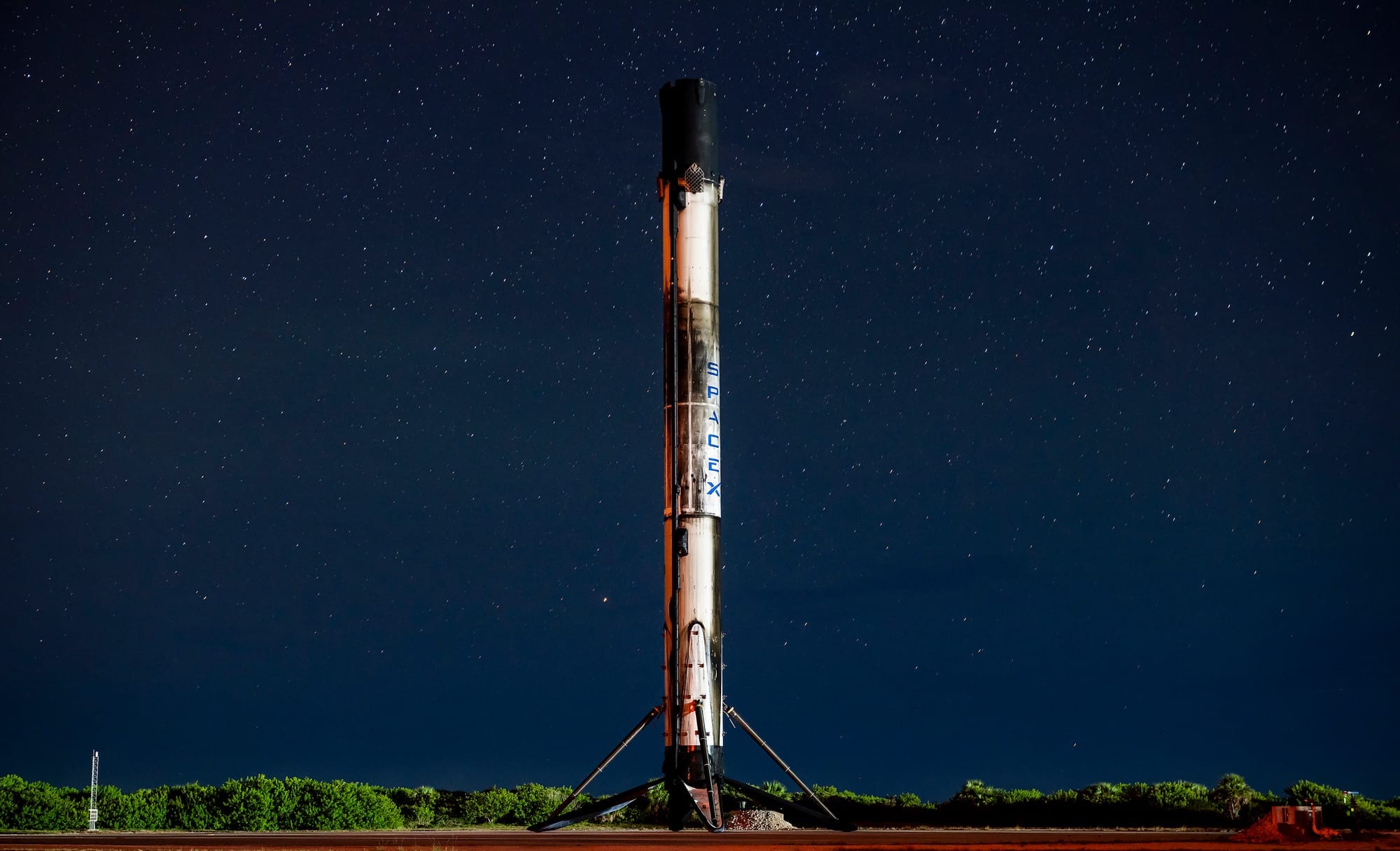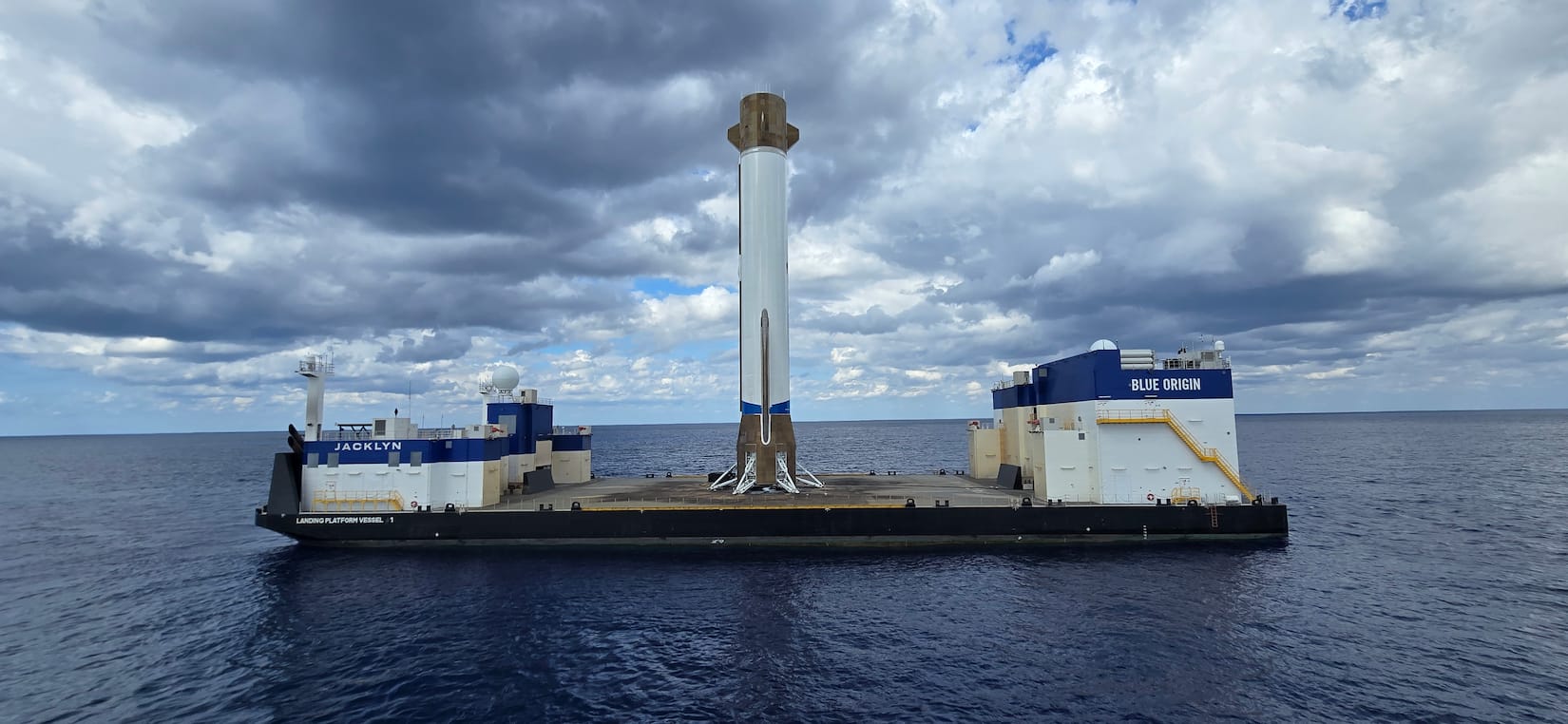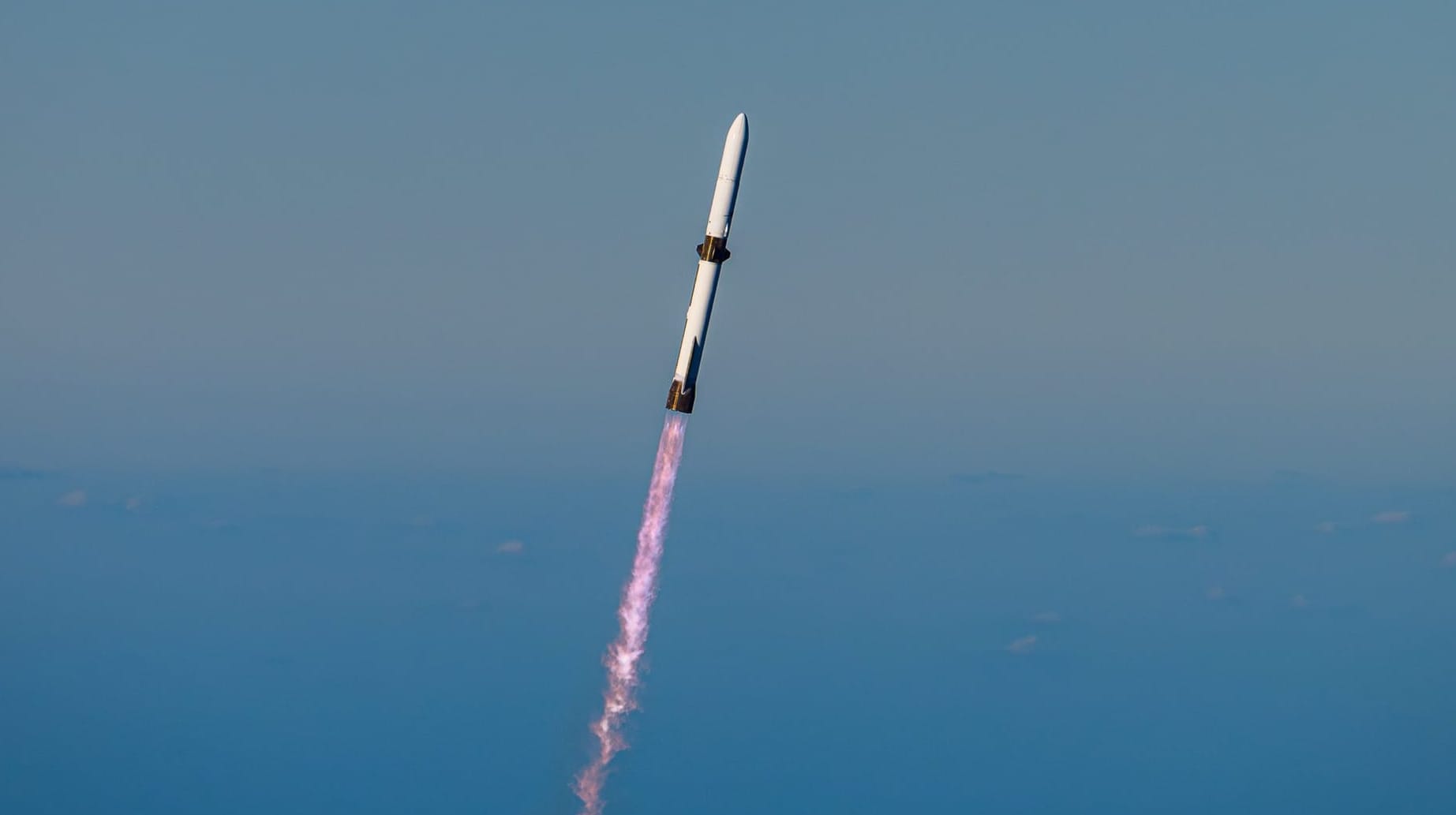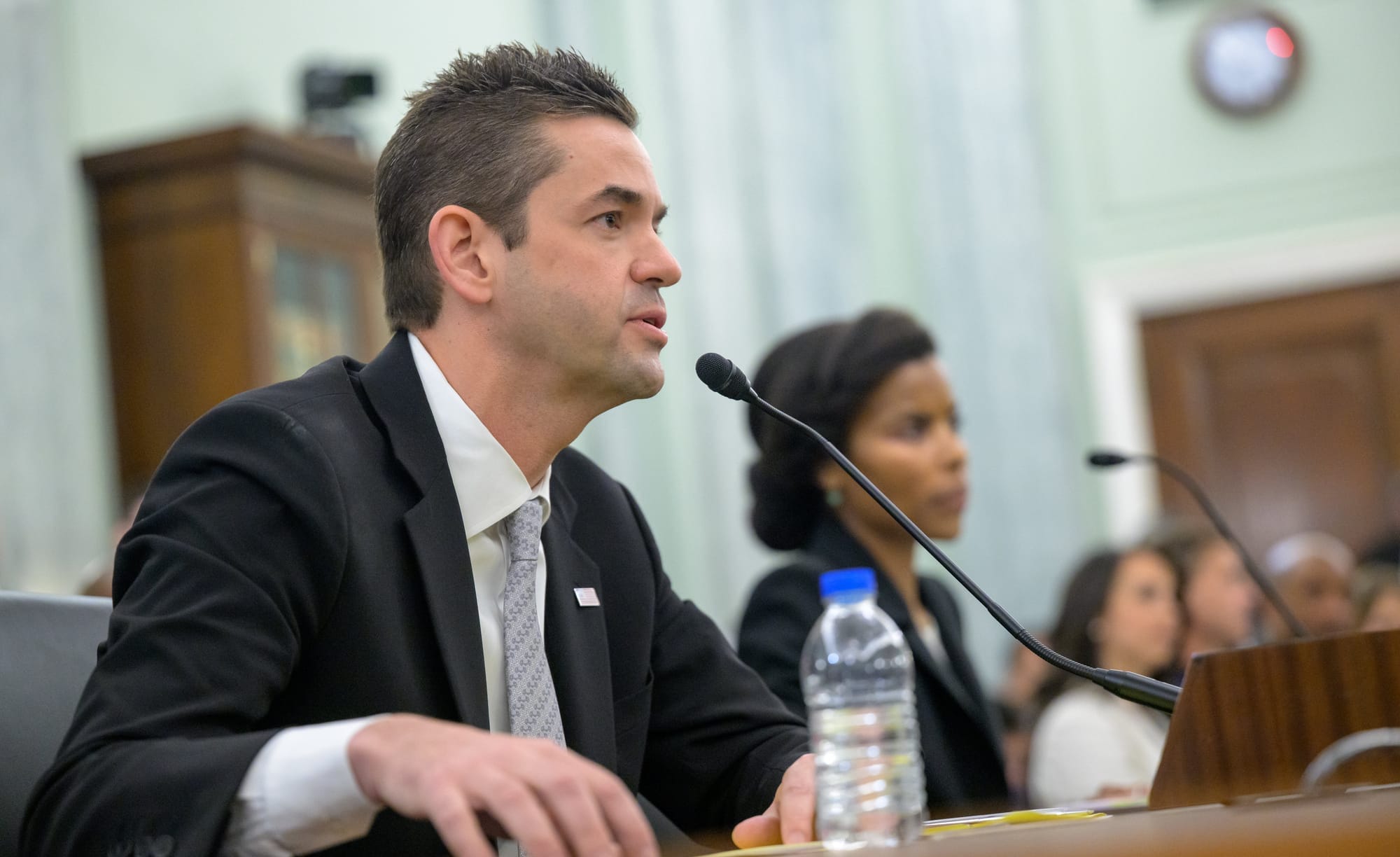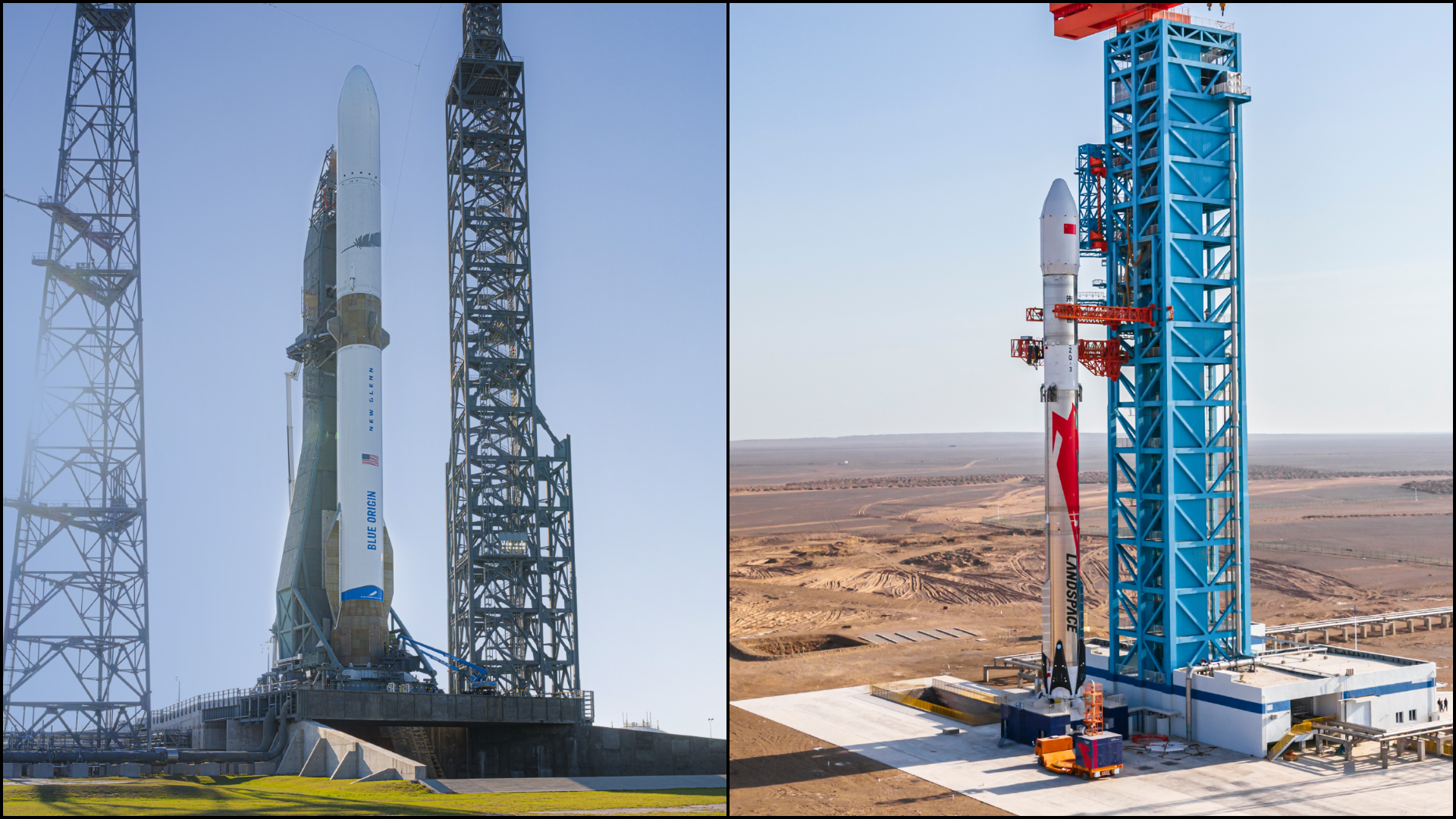Table of Contents
The U.S. Space Force's secretive X-37B spaceplane is back in Earth orbit for a classified mission and technology demonstrations.
Out of Launch Complex 39A in Florida at 03:50 am Universal Coordinated Time, a Falcon 9 began its journey into Earth orbit for the U.S. Space Force's USSF-36 mission. First-stage ascent was nominal, with the second-stage starting up cleanly along with separation of the two fairing halves, but not long after, live feeds of ascent were cut at the request of the Space Force.
Falcon 9 has landed at LZ-2 pic.twitter.com/QbGfFhyX9J
— SpaceX (@SpaceX) August 22, 2025
Booster B1092 touching down at Landing Zone 2, via SpaceX on Twitter.
Supporting USSF-36's trek to orbit was booster B1092 for its sixth flight, landing back at Landing Zone 2 in Cape Canaveral afterwards. This booster has previously supported the launches for NROL-69, CRS-32, GPS III-7, and two Starlink missions. Additionally, this was the third time SpaceX has supported X-37B missions.
Riding Falcon 9 into orbit was X-37B Vehicle 1, made by Boeing, which also produced its twin. The spaceplane is around one-fourth the scale of the Space Shuttle and, unlike the Space Shuttle, launches inside a conventional rocket's fairing. But, Much like the Space Shuttle, the majority of the craft's stowage space is contained within a horizontally-laid payload bay, with hinged doors allowing for exposure to the vacuum of space and deployment of free-flying payloads.
Owing to its military nature, much of what takes place from the time X-37B lifts off the ground on its launch vehicle to the moment it touches down on the runway at the end of its mission is extremely unclear.
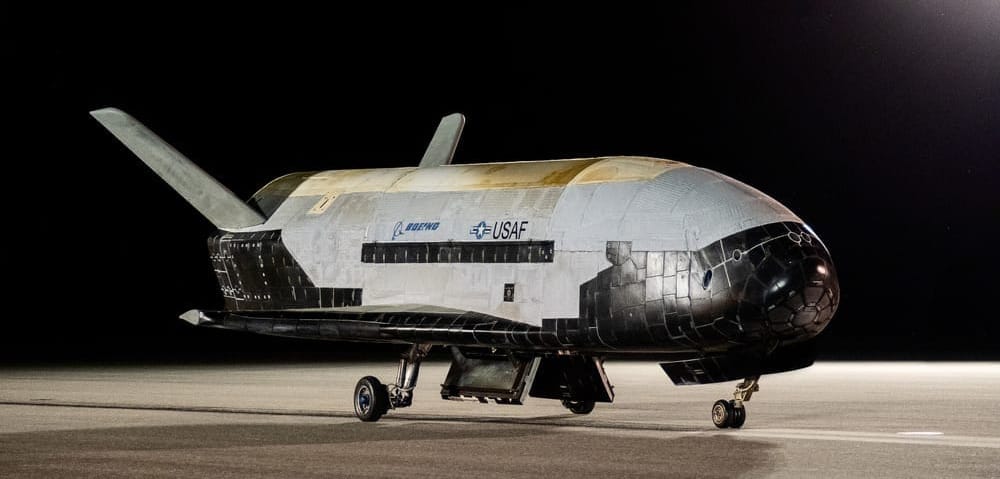
The X-37B's eighth mission is set to complete various objectives for the U.S. military, including technology demonstrations. Two technology tests are known to be onboard and are a laser communications demonstration and a quantum inertial sensor planned to measure the spaceplane's acceleration and rotation.
Testing of laser communications during the mission is set to improve the resilience, security, and efficiency of American space-based communications through low Earth orbit satellite networks (i.e., Starlink and Starshield). Laser communications are also being pushed by the U.S. Space Force as key to next-generation military communications.
Meanwhile, tests of the quantum inertial sensor could broadly benefit space navigation, providing accurate positioning in cislunar space and beyond. The test demonstration onboard the X-37B itself will measure the accuracy of unaided navigation in orbit. Commander of the Colorado-based Space Delta 9, Colonel Ramsey Horn, spoke on the military significance of the quantum sensor demonstration, stating:
"[The mission]'s quantum inertial sensor demonstration is a welcome step forward for operational resilience in space. Whether navigating beyond Earth based orbits in cislunar space or operating in GPS-denied environments, quantum inertial sensing allows for robust navigation capabilities when GPS navigation is not possible."
It is unknown when the X-37B will return to Earth to end its mission, usually spending multiple months in orbit. When it does, the spaceplane will land on a runway at either the Kennedy Space Center or Vandenberg Space Force Base.
Since 2010, the two X-37B spaceplanes have performed missions in orbit seven times, largely speculated to be reconnaissance missions in low Earth orbit. In its previous mission, launched atop a Falcon Heavy, the spaceplane flew around high Earth orbit for the first time, performing aerobrake maneuvers before its return as well.
